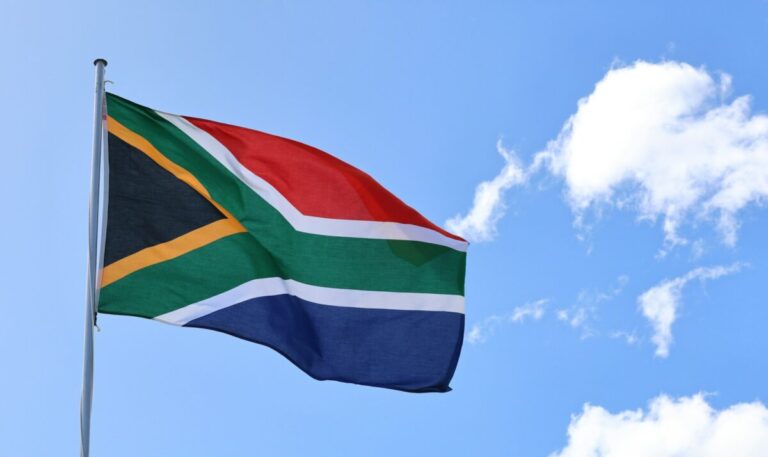The South African Photovoltaic Industry Association predicts that deployment will accelerate as a strong pipeline of private and public utility-scale projects offsets the decline in installations from 2023 levels.
South Africa According to figures from the South African Photovoltaic Industry Association (SAPVIA), approximately 1.1 GW of solar energy will have been added by 2024.
This figure is lower than the 2.6 GW of new capacity installed in 2023, but still represents the lion’s share of the additional capacity added throughout Africa last year.
Dr. Rethabile Melamu, CEO of SAPVIA, said pv magazine The evolution of South Africa’s energy supply industry saw the adoption of renewable energy by 2024, after demand drove the market in response to load shedding the year before. “The restructuring of the energy supply industry, together with regulatory reforms in South Africa, has led to the proliferation of project development and private sector engagement for bilateral PPAs and energy trader/aggregator applications,” said Melamu. “This will remain the largest growth driver of the large-scale PV market over the next two years.”
Private procurement has guided the development of South Africa’s utility-scale pipeline since early 2023, Melamu explains. In 2023, a total of 2,738 MW across 384 projects, of all capacity sizes, was registered with the national energy regulator, followed by 2,880 MW across 454 projects in 2024. Melamu said these projects are at various stages of operation, construction and financial close located, with a large proportion of those registered in the last two years, is expected to become operational in 2025 or 2026.
Meanwhile, government procurement of utility-scale projects has continued, with six utility-scale solar projects, totaling 708 MW, reaching financial close in 2023 and 2024. Melamu said these projects will come into operation in early 2025, with 75 MW already installed. under construction.
The seventh round of the South African Renewable Energy Independent Power Producer Procurement Program (REIPPPP) took place last year, Melamu said pv magazine resulted in a capacity of 1760 MW across eight projects at an average rate of $0.0252/kWh. These projects are expected to reach financial close in early 2026 before construction begins throughout the year.
South Africa’s healthy development pipeline means that SAPVIA expects annual solar energy additions to increase in the coming years. The association predicts around 2.5 GW to 3 GW of new solar capacity this year, through a mix of private and public tenders, rising to an expected 3.5 GW to 4 GW by 2026.
Melamu added that the establishment of a wholesale electricity market, which will be implemented by 2031 at the earliest, in addition to investments in transmission infrastructure, will further drive the growth of the large-scale SLAR PV market in the next two to five years .
Elsewhere, cost declines in solar and battery energy storage system (BESS) technology are expected to lead to an increase in solar and BESS deployment in the South African C&I market, Melamu said, in addition to factors such as insecurity of the electricity grid due to the aging municipal distribution and BESS benefits such as tariff arbitrage and peak demand management.
Melamu also said that while the number of residential solar and BESS installations has declined in 2024 compared to 2023, tax incentives and feed-in credit schemes are being evaluated by national and local governments to boost adoption among middle and low-income households.
This content is copyrighted and may not be reused. If you would like to collaborate with us and reuse some of our content, please contact: editors@pv-magazine.com.


